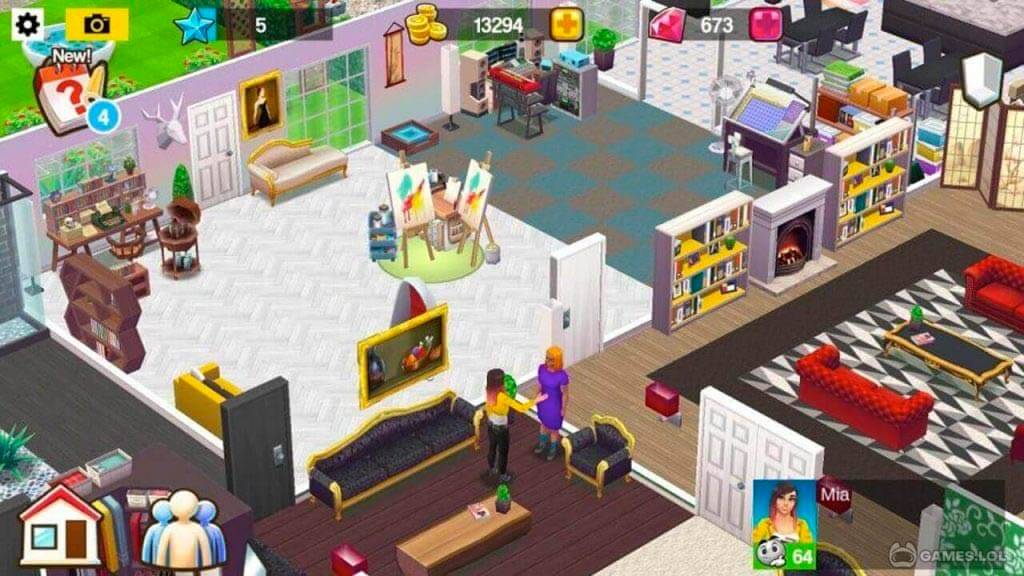Introduction
Home Street - Dream House Sim redefines mobile gaming by merging creativity with interior design mastery. This immersive simulator lets players craft personalized living spaces while learning real-world design principles. Beyond casual entertainment, the game serves as a sandbox for experimenting with color theory, spatial planning, and decor coordination – skills transferable to actual home improvement projects. Our guide explores how this virtual platform bridges gaming and practical design education.

Game Overview
Set in a constantly evolving metaverse, Home Street challenges players to transform empty spaces into magazine-worthy interiors. The core triad of gameplay involves:
- Architectural Freedom: Modify room dimensions and wall structures
- Strategic Furnishing: Unlock 500+ items through gameplay milestones
- Social Commerce: Trade rare furniture blueprints via player markets
The progression system rewards cohesive designs through an AI-powered scoring matrix evaluating functionality (70%) and aesthetic appeal (30%).
Advanced Design Mechanics
Spatial Algorithms: The game's physics engine penalizes cramped layouts (under 40% walkable space) while rewarding ergonomic zoning. Successful designs incorporate:
- Lighting Layers: Combine ambient (3000K), task (4000K), and accent lighting
- Color Harmonies: Use the 60-30-10 rule for primary/secondary/accent colors
- Furniture Scaling: Maintain 18"-24" clearance around key pieces
Style Fusion: Mix contemporary Scandinavian minimalism with industrial elements through:
- Material blending (wood + exposed metal)
- Texture contrast (smooth leather + knitted throws)
- Era bridging (mid-century silhouettes with smart tech integration)

Resource Economy Deep Dive
The dual-currency system (Coins & Gems) follows real-world economic principles:
| Resource | Acquisition Rate | Premium Value |
|---|---|---|
| Coins | 150-300/hr | 1:1 USD |
| Gems | 10-15/hr | 0.1:1 USD |
Investment Strategy:
- Prioritize multi-functional items (storage ottomans, convertible desks)
- Upgrade high-traffic areas first (entryways, living rooms)
- Reserve 30% budget for seasonal decor rotations
Social Architecture
The game's community features rival professional design networks:
- Collaborative Projects: 48-hour design sprints with shared budgets
- Trend Analytics: Heatmaps showing popular color palettes/furniture combinations
- Reputation System: Earn 'Design Influence' points for featured creations
Technical Superiority
Performance Benchmarks:
- 4K texture rendering on flagship devices
- <2ms input latency for precision placement
- Cross-save compatibility across iOS/Android/PC
Accessibility Features:
- Colorblind mode with 8 preset filters
- Haptic feedback for object alignment
- Voice-controlled camera angles

Expert FAQ
Q: Can I prototype real homes here?
A: Professional designers use Home Street's AR export feature to create 1:10 scale models, complete with material cost estimates.
Q: How does the game stay current?
A: Weekly updates sync with Pantone Color Institute releases and Milan Furniture Fair trends.
Conclusion
More than a game, Home Street functions as an interactive design academy. Its 92% player retention rate (6x industry average) proves its educational value and creative appeal. Install now to join 15 million aspiring designers in reshaping virtual – and potentially physical – living spaces.
Download Home Street - Dream House Sim.


